
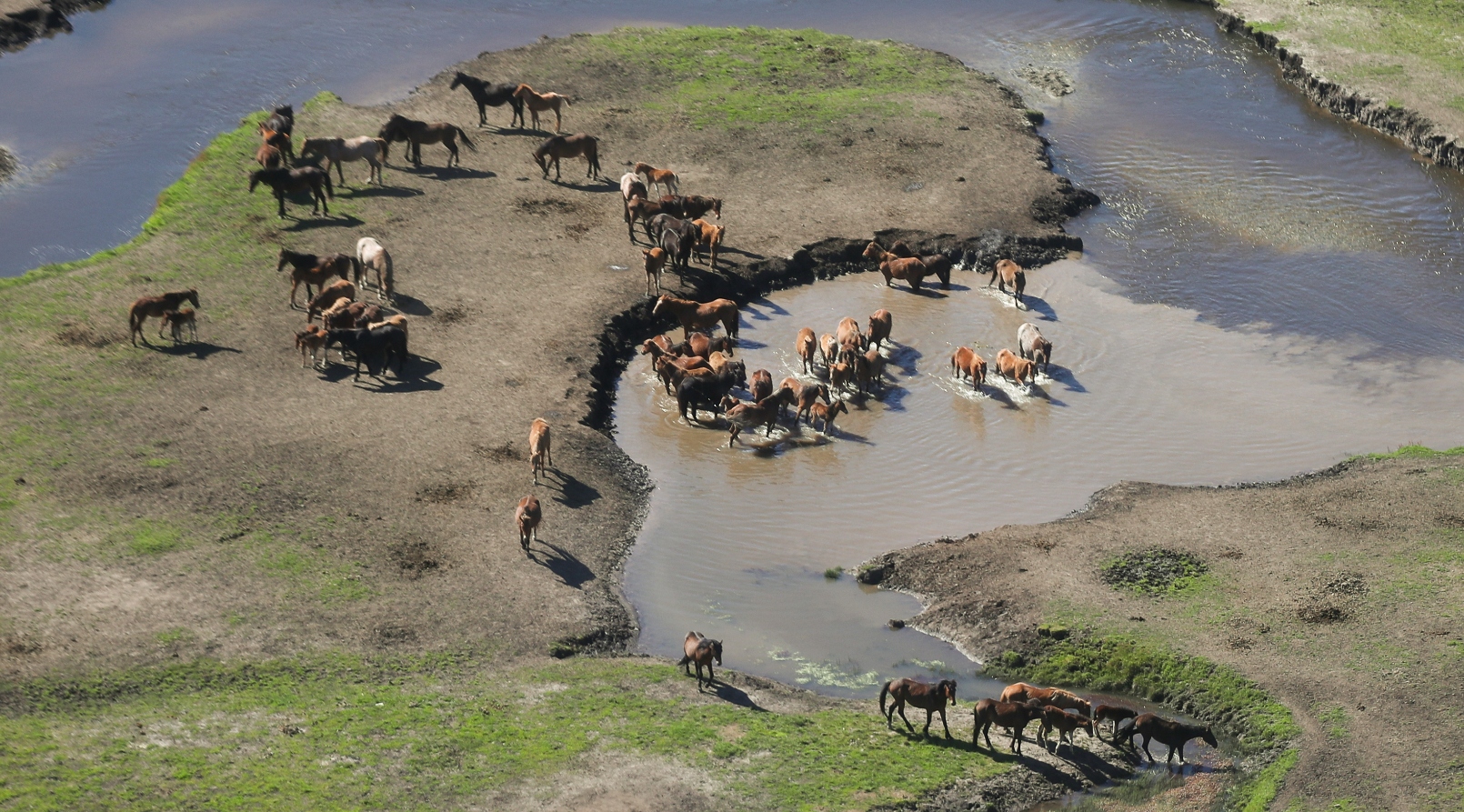
by NAZMUN NAHER SHISHIR and GRACE JOHNSON
Animal welfare groups and concerned citizens are demanding for the aerial shooting of wild horses at Kosciuszko National Park to stop.
The government’s decision to re-authorise aerial shooting for the first time in twenty years was deeply controversial. Other methods at the time included passive trapping, aerial and ground mustering, rehoming, shooting in trap yards, tranquillising, ground shooting and removal to a knackery.
The practice resumed following a spike in feral horse numbers during a period where rehoming was favoured, estimated to be close to 17,390 in October last year. Aerial culling was then added to the 2021 Kosciuszko National Park wild horse management plan, which requires numbers to be reduced to 3,000 by June 2027.
Animal welfare groups are now campaigning for the government to look at alternative methods of reducing the horse population.
In a statement released by Animal Liberation, the group said, “Imagine the psychological fear and trauma experienced by these horses, including pregnant mares and young foals, as they are chased by a loud helicopter, often on uneven terrain, separated, trying to escape the rapid fire of deadly bullets from the sky.”
“We know it’s not a single bullet or an immediate death, either.”
When the decision to re-authorise aerial culling was first announced in October last year, the Minister for the Environment Penny Sharpe said, “Aerial shooting, when carried out by highly trained personnel in accordance with rigorous standards, delivers the best possible animal welfare outcomes.”
In addition the report states: “The median time elapsed between the final shot being fired at an animal and when it was inspected was 3 minutes and 27 seconds”.
The report also confirms: “Characterisation of the fate of all bullets was not possible due to the large numbers of intersecting bullet wound tracts in inspected animals”.
Impacts of wild horses
Ecologists say numbers must be quickly reduced to prevent the extinction of threatened native species.
The Environment Minister also said effective control of wild horses could be the difference between survival and extinction for up to a dozen threatened species found only in the Australian Alps.
“There are simply too many wild horses in Kosciuszko National Park,” said Sharpe in October.
“Threatened native species are in danger of extinction and the entire ecosystem is under threat. We must take action.”
Wild horses, being large and heavy hard-hoofed animals, can cause significant damage to riverbeds, streams, natural bogs, wetlands and soil structures when they feed or look for water.
Alpine and sub alpine environments are particularly sensitive to overgrazing and land degradation. Plants are also slow to grow.
Wild horses can also spread weeds as they carry seeds in their tails, manes and dung, which can then overgrow native vegetation.
During a NSW parliamentary inquiry hearing in March, National Parks and Wildlife Service head Atticus Fleming said those who were calling for an end to aerial culling were essentially calling for the park to be surrendered to invasive species.
Nationals MP Wes Fang called for the practice to end until it could be properly recorded while Animal Justice Party’s MP’s Emma Hurst supports non-lethal control measures such as contraception and capture and rehoming of horses.
Speaking to City Hub, Hurst said, “Aerial shooting is cruel and inhumane – it will lead to animals suffering slow and painful deaths, including young foals who risk becoming separated from their families and dying of starvation or predation.”
And though the government asked the RSPCA for feedback on the operating procedures for aerial killing, much of this feedback was ignored, including avoiding killing during foaling season, and maximum helicopter chase times, she continued.
Hurst also raised serious doubts about the true number of brumbies in Kosciuszko National Park, adding that there was a lack of accuracy and transparency around the methodology used by the NSW Government to produce population estimates.
“Independent community brumby counts, including on foot and using drones, have continually shown that the number of brumbies in the Park is likely much lower than the Government has suggested,” said Hurst.
“Meanwhile, while brumbies are being shot and vilified, the greatest impacts on the Park, including human over development, climate change, and diseases such as chytrid fungus, are being overlooked and ignored by the NSW Government. The priorities are all wrong.”
Her online petition calling on the government to look at non-lethal humane alternatives to all aerial killing has almost 8,000 signatures at the time of publication.




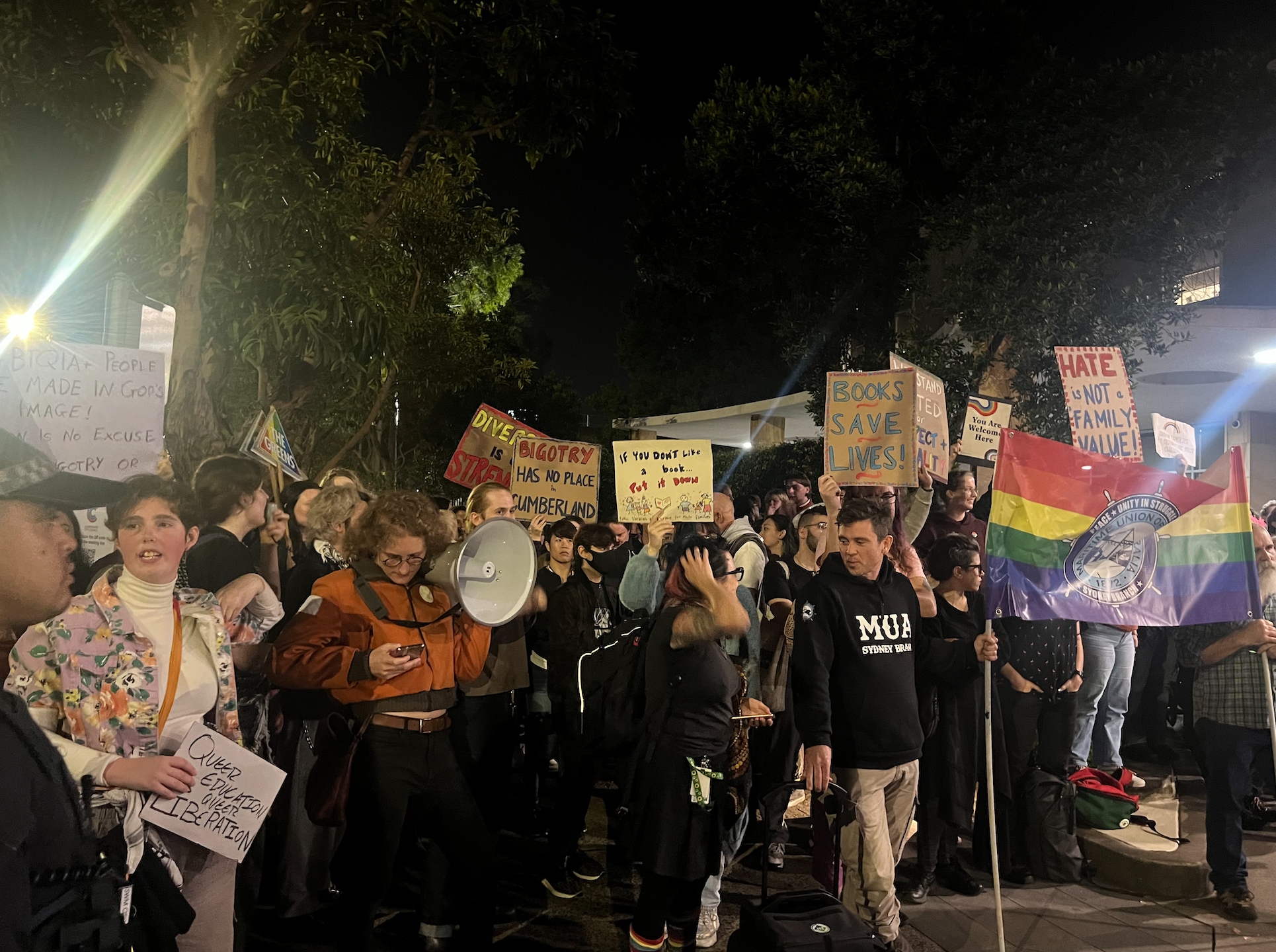
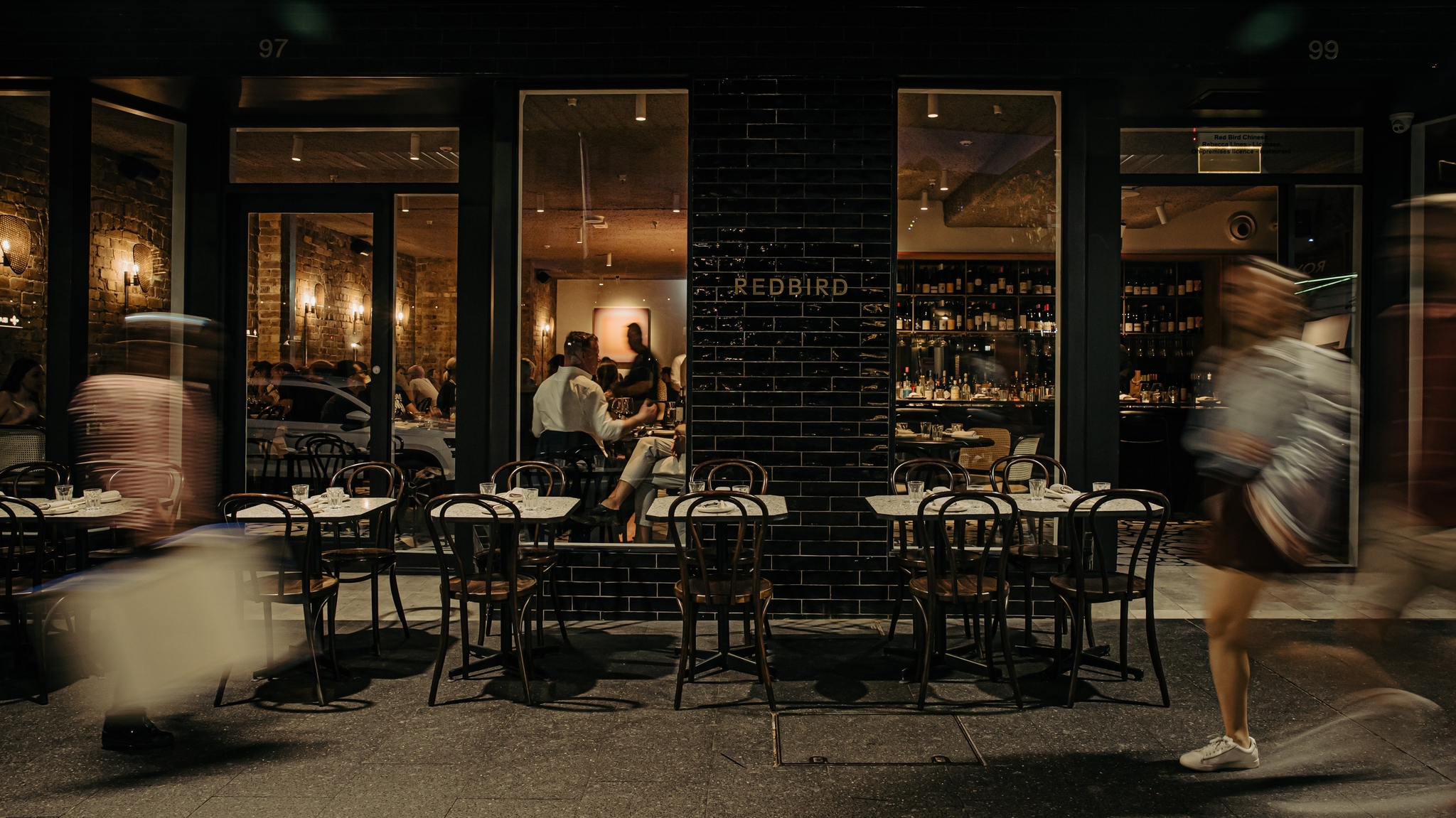

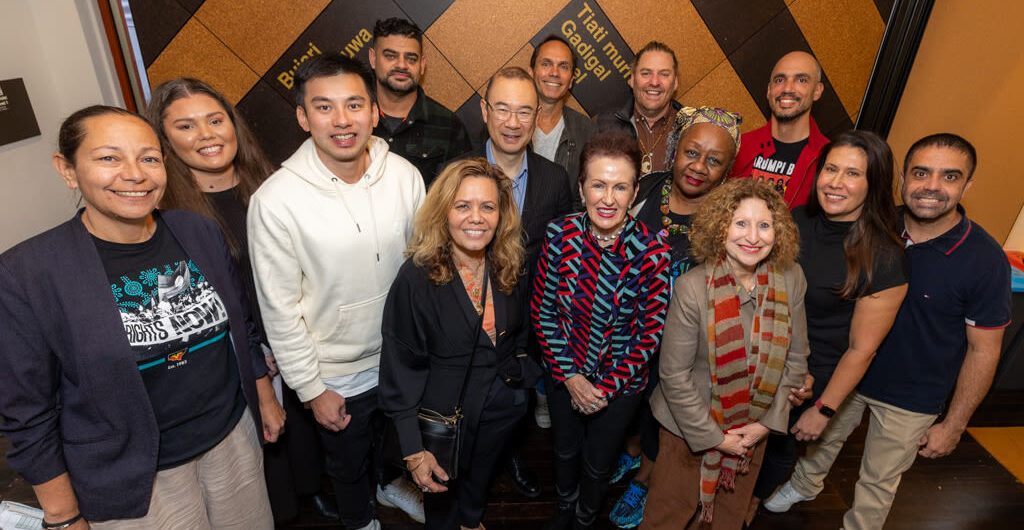

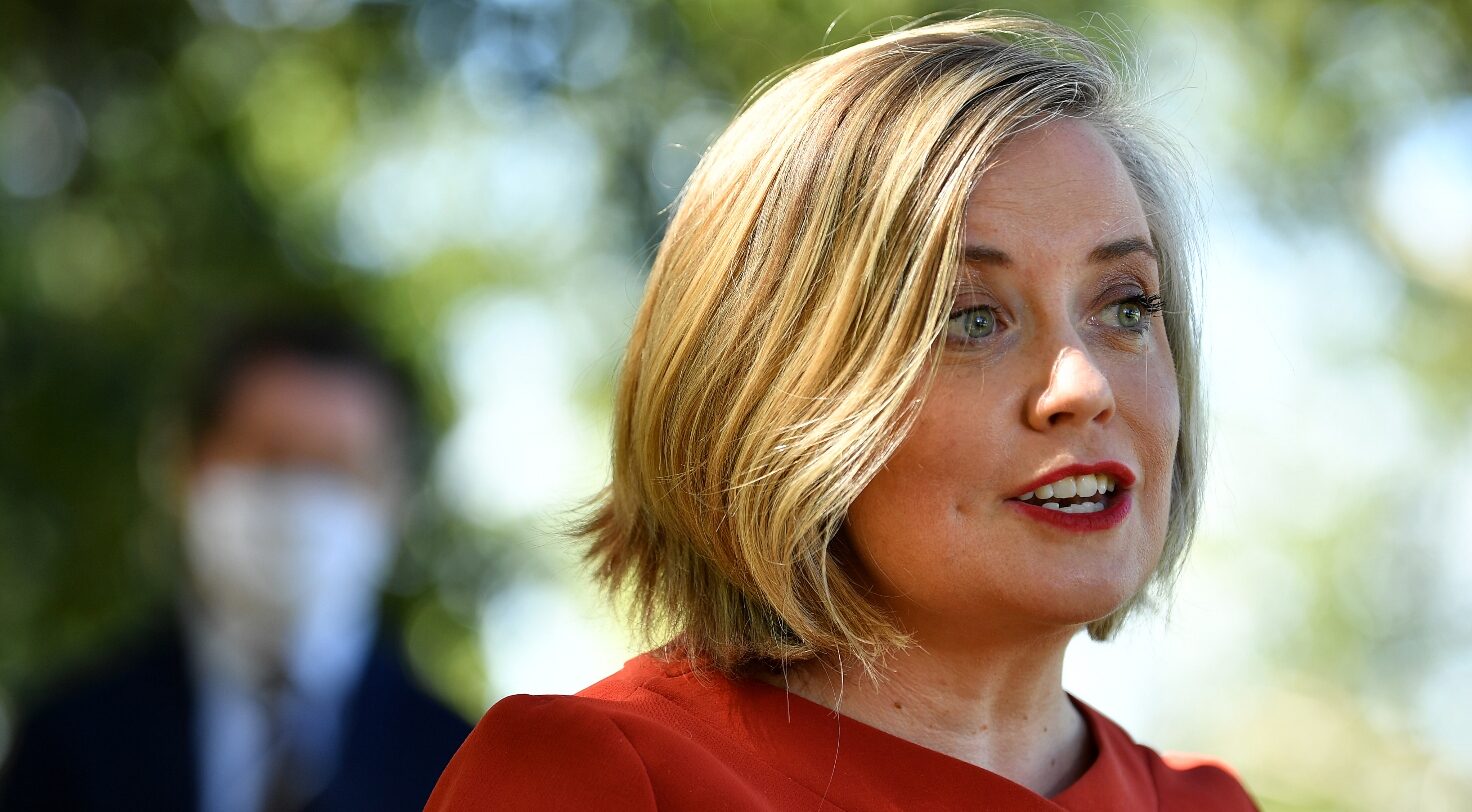
Leave a Reply